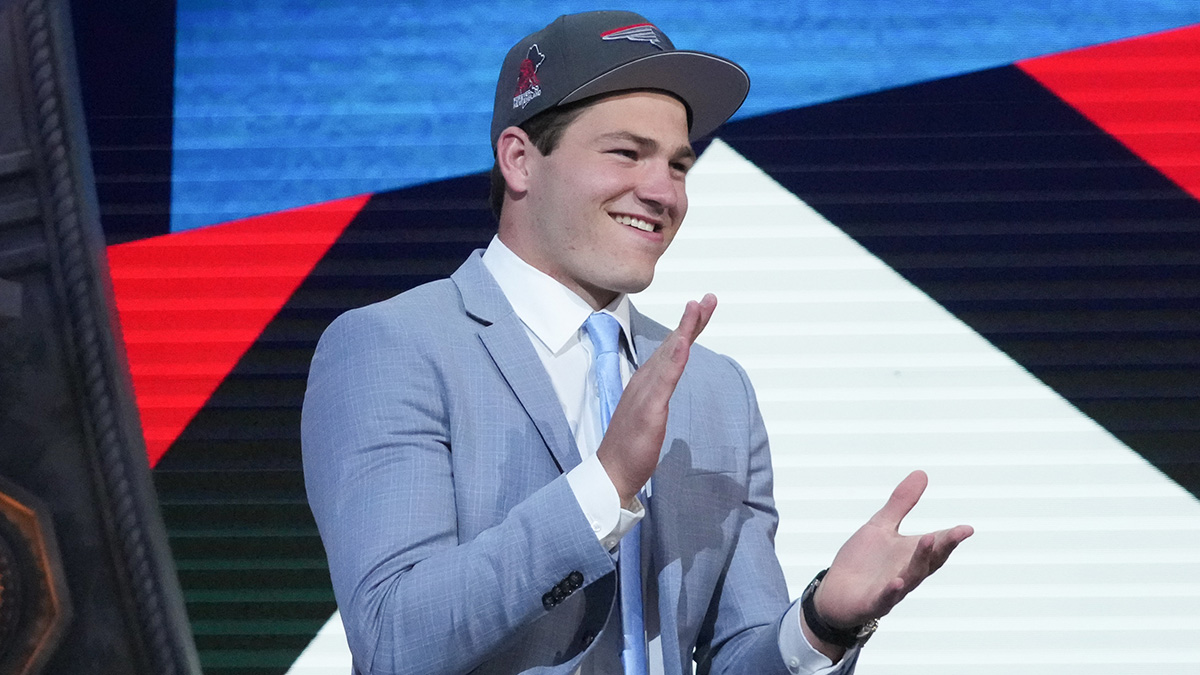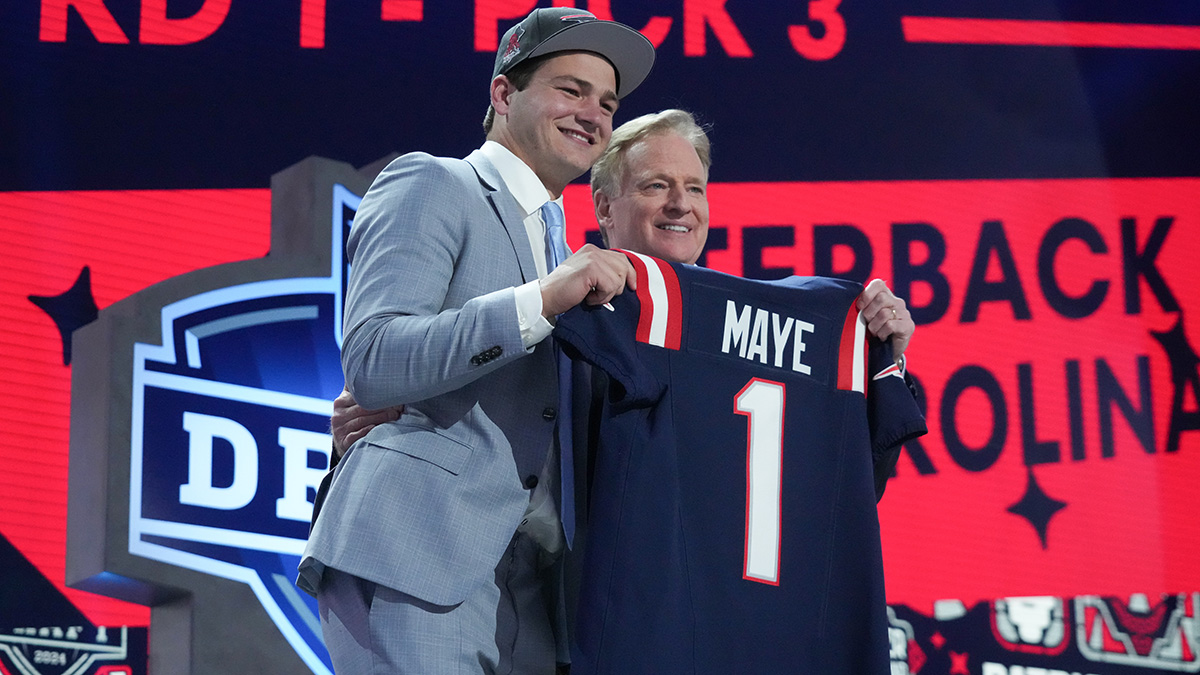FOXBORO – Here’s a leftover from last week I’m dredging up because it’s really instructive in giving insight to something we all flap our arms about: how the Pats decide whether to play zone, man-to-man or match receivers with their secondary.
The jumping off-point was asking about Trumaine Johnson -- a long-tall corner for the Rams. As Belichick about Johnson and the difficulties he poses, at 6-foot-2, it brought to mind the team’s acquisition earlier this season of Eric Rowe. The 6-2 corner they got from the Eagles filled a need in that the Patriots other corners are not very tall, headlined by 5-9 Malcolm Butler.
So I asked Belichick if the team strives to have different sized players in the secondary.
“That’s if you move them around,” he explained, meaning size only matters if you intend to put size-on-size. “If you don’t move them around, if you play a guy at one positon and he plays on the right side or the left side, you cover the guy that’s over there, which I’d say is more the situation than not. There are some teams or some situations where you’ve got him, he’s got the next guy, you’ve got somebody else, but I’d say that’s by far the lower percentage of the plays, by far. Generally, you see a corner play – some games are different. We’ll match to this guy and somebody else matches to that guy. Teams will do that. There’s some of that, but by and large, most teams play at one position and whoever is in that spot, that’s who they cover.”
With matching receivers being the exception rather than the rule, the next logical question is why? Why would you let a little guy cover a big guy if you also have a big guy who could cover?
Because offenses make it complicated, Belichick answered.
“The easiest thing in the world is for one player to match another,” he explained. “‘OK, you go cover this guy.’ Alright, great. But what do the other 10 guys do? That’s the problem. It’s easy to matchup one guy. That’s simple. What do the other 10 guys do? What if he’s here? What if he’s there? What if he goes in motion? What if he’s in the backfield? What if it’s this personnel? What if it’s that personnel in the game? Then how does all the rest of it matchup? That’s where it gets tricky. You can be spending all day, literally, on that. OK yeah, you take this guy but what are you going to do with the other 10?”
New England Patriots
Belichick also delved into other options including a coverage concept the Pats used when Darrelle Revis was here. Giving Revis the opponent’s so-called No. 2 receiver and doubling the No. 1.
“You can matchup and put your best guy on their best guy, or you can matchup and put your best guy on let’s call it their second best guy and put your second best guy on their best guy and double him,” Belichick said. “If you’re going to put your best guy on their best guy and double him anyway then you kind of lessen the matchups down the line. It’s like setting a tennis ladder, or whatever. If you put your bad guy at one and you win two through seven, great. If you put your best guy at one and he gets beat by their one and then your two versus their two, you know. That’s what you’re doing. You have a three to four-man ladder there with the receivers and your DB’s [defensive backs], except we don’t have to match them that way. You can match them however you want.”
It’s a fascinating discussion and it comes into play the next two weeks as the Patriots will see a true test with receivers like the Ravens Steve Smith and Denver with Emmanuel Sanders and Demaryius Thomas.
The Patriots will have decisions to make. Chances are they’ll use a little bit of everything. But these are some of the the things they weight when doing so.


